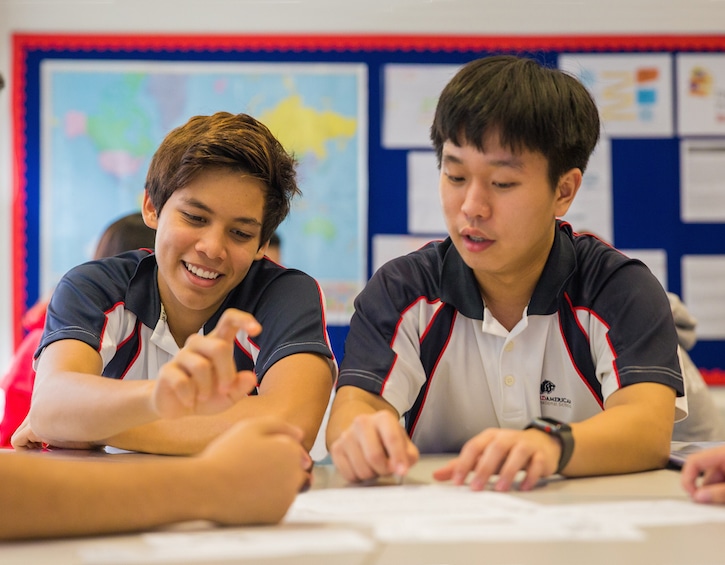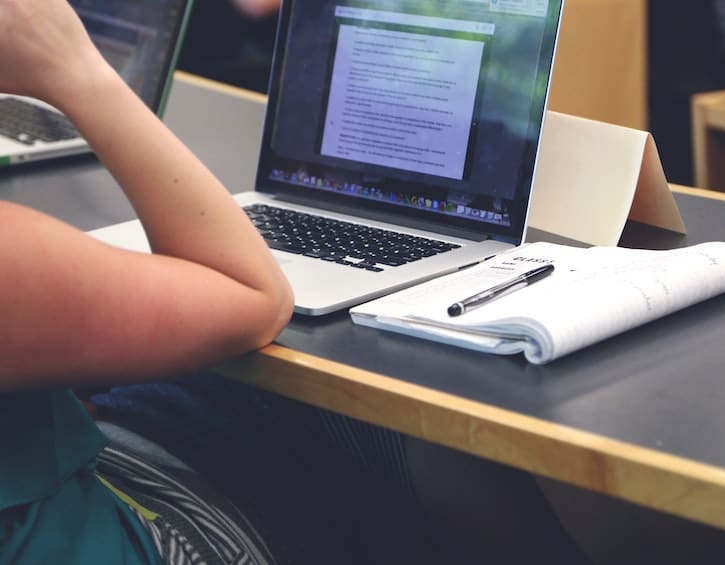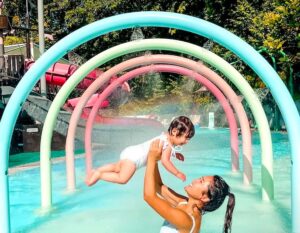
An American mother reflects on learning to adapt to the different teaching and grading approach of the IB MYP right alongside her 14-year-old son
We learned that Singapore was a “go” for our family in December 2018. By January, we were house hunting, touring schools, and packing up our lives for 2-6 years. We are not different from many other families in Singapore our expat journey came quickly and we jumped at the opportunity.

Singapore is full of amazing school options, but moving mid-year is tricky. With our oldest son in eighth grade, we felt it important to attend a school with American curriculum for continuity of learning from our schools in the United States. I knew little about the International Baccalaureate (IB) Programme offered at Stamford American International School (SAIS), but they had space available for all four of our children and it felt like a good fit for our family. We arrived in March and they were enrolled at SAIS for the last quarter of the 2018-2019 school year.
My oldest is no stranger to moving—SAIS is his ninth school. He has been exposed to public schools all over the States — different classroom styles, teachers, friends, homework policies, etc. He is smart, organized and works hard. Still, moving to an international school with a different framework for teaching and learning has definitely given him the opportunity to grow (and struggle) in different ways. We only have one quarter of school under our belts, and so are not experts, but we have quickly learned all things are not the same.

“Active Learning”
My son is enrolled in the IB Middle Years Programme (MYP) for students between the ages of 11 and 16, and he has enjoyed the IB way of teaching. He recognizes the IB Programme is meant for him to learn the depth of concepts more and memorize less. He explained that his teachers “don’t necessarily care that I get the right answer. They care that I know how to solve the problem.”
This, of course, is an eighth grader’s interpretation of teaching style. What he understands is that the IB Programme expects him to actively learn — to ask questions, participate in classroom discussions and involve himself in gaining knowledge of the topic at hand.
Read more: Study Strategies and Time Management Tips for Middle Schoolers
He cannot cram for a test or calculate a quick answer and write it on a worksheet. He has to understand the depth of concepts and articulate that understanding. He must think critically and creatively and apply his learnings to the world.
Is it harder for him? Absolutely. Were his grades perfect? Not at all. However, he is not one to shy away from a challenge and is excited to see what a full year of learning in the MYP will do for him.
Grading & Assessment
The grading of the IB Programme is different from the US grading scale. Grades in the MYP are given for four criteria in each subject, reaching an IB overall score between 1-7 points. A student may earn a “7” on Knowing and Understanding but only a “5” for Communicating. Each criterion is graded separately and combined as a total to give the students a cumulative grade in the subject of learning. While this is probably a more accurate assessment of their all-around learning, it was far more confusing than I’m used to.

Course Subjects
One of the biggest differences between the US framework of learning and the MYP is in the courses offered. In the US, students take specific, one-subject classes: World History, Algebra, Biology, etc. In the MYP, students take “Individuals and Societies,” “Mathematics” and “Sciences.” The coursework for his Sciences course includes Biology, Physics and Chemistry all at once to encourage the students to gain a more all-encompassing understanding of the sciences and how they relate to each other and the world.
He is absolutely going to learn Biology, but his transcript won’t say “Biology.” In speaking with the school counselor about this, she has assured me that the school will provide a course description and syllabi, which will break down the learning in each of the classes to make the transition easier when returning to the U.S.
It’s ok to get a little complicated
I am prepared for things to be a little complicated when we repatriate. The coursework is different, and we will be at the school’s discretion of how they choose to transfer his credits back. That said, I plan to keep open communication with the school counselors (both here and in the district to which we will return) to make sure we are aligning all classes to graduation requirements in the U.S. as well as college application requirements.

In my short experience, one method of teaching is not better than the other. They are just different ways of learning. It’s important to assess what you want and need from your student, and what your student wants and needs from their school. In the U.S., the good grades came easily to my son. With the MYP, he will have to work harder to get good marks. Since he is self-driven and loves a challenge, he looks forward to seeing what this year brings and feels he is becoming a more well-rounded learner. If, at any point, the IB school doesn’t feel like it’s the right curriculum for his return back home, we may look at other options. But for now, he’s up for the challenge and we are all in.
Read more: All About the IB: Guide to International Baccalaureate Schools in Singapore






 View All
View All





 View All
View All










 View All
View All




